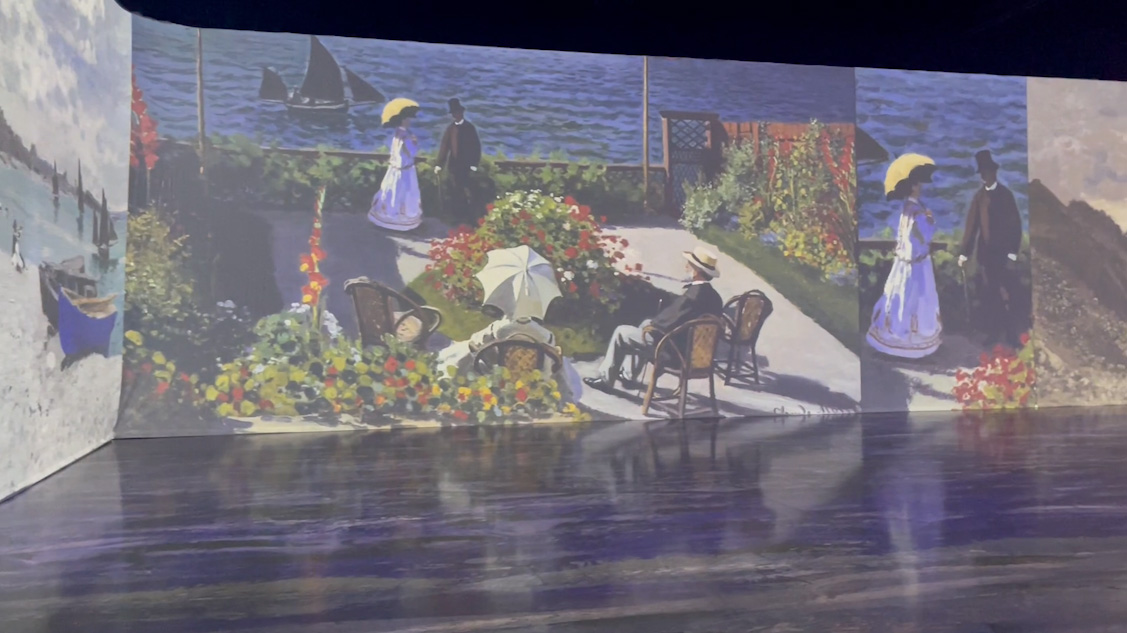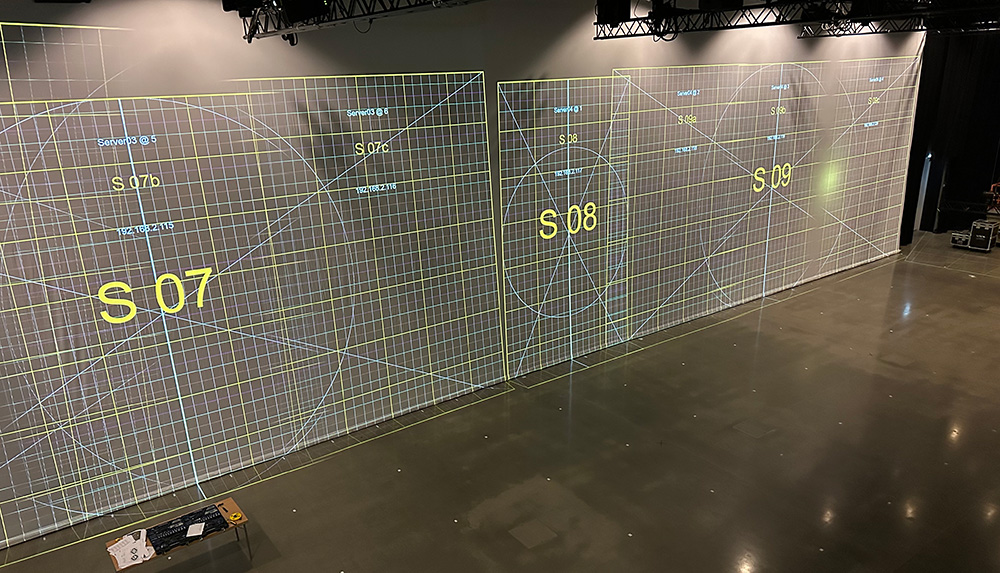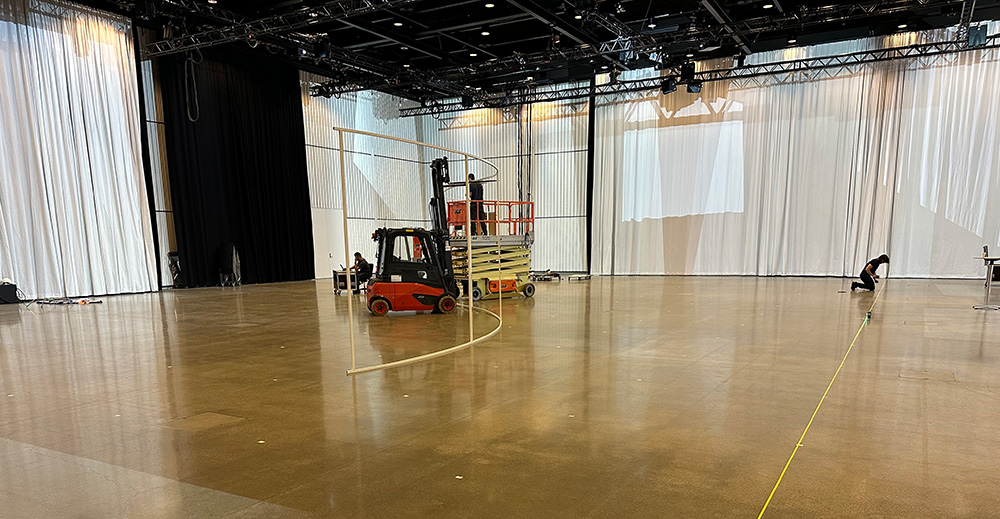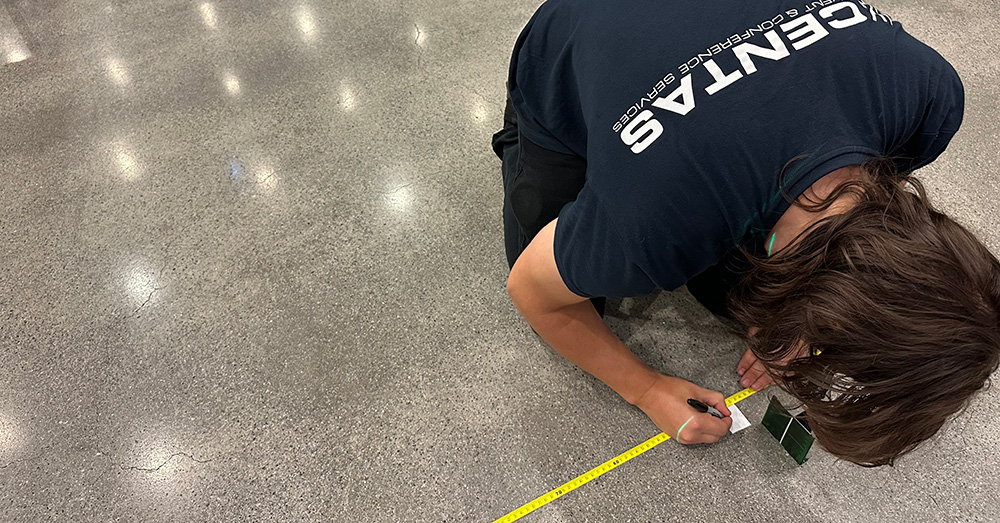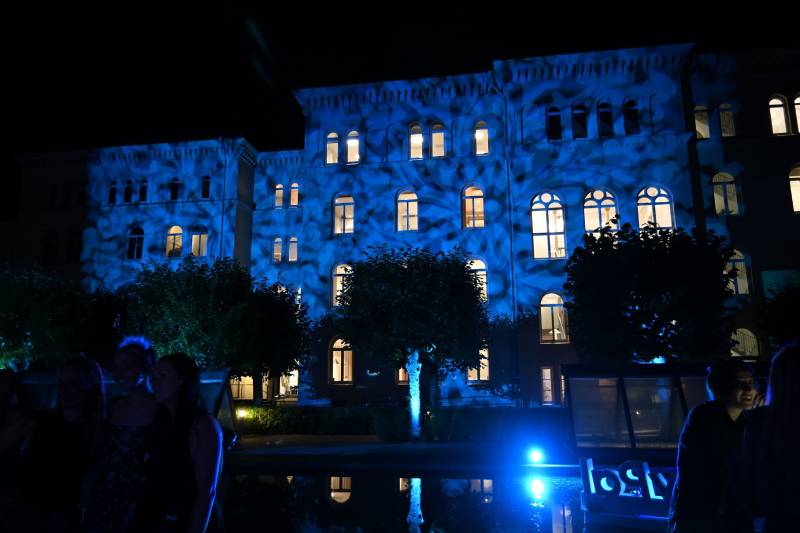Projection mapping
Create magic with advanced projections
Projection mapping is a groundbreaking technology that redefines how we look at and experience projected images. Instead of simply projecting an image onto a flat surface, such as a screen or wall, projection mapping uses a three-dimensional surface as a canvas. It can be buildings, statues, cars or even natural formations. Using specialized software and advanced projectors, an image can be precisely mapped onto the uneven surface, creating the illusion of movement, change and depth.
Projectors create experiences
Centas, as a supplier of high-quality projection mapping projectors, can help you create impressive visual experiences during events, concerts, exhibitions or marketing campaigns. With projection mapping, we can create light shows on buildings or artworks on unexpected surfaces, visual experiences that really draw the eye.
How does projection mapping work?
Projection mapping is the process of projecting digital images, animations or videos onto three-dimensional surfaces to create illusions or artworks that follow the shape and contour of the object. By using projectors and software that precisely align projected images to the surface, static objects can be transformed into dynamic, living experiences.
What makes projection mapping so special is its ability to create the optical illusion of a changing or moving surface. A building can “collapse” or “melt”, a statue can “come to life”, or an entire square can be transformed into a three-dimensional stage, all through the magic of projection.
What is required for a successful projection mapping?
Scanning the surface
Successful projection mapping requires both the right equipment and a careful process. First of all, we scan the surface on which the projection will appear. This is usually done using 3D modeling tools so that the digital image can then be precisely adapted to the surface.
Once we have captured all the dimensions of the surface, we create digital images or animations. The images are created to fit the object and the surface perfectly, to make the visual effect look natural.
Placement and calibration
The projectors to be used are placed around the object on which the images or animations are to be projected and carefully calibrated. If the surface is really complex, more projectors are needed to cover all angles and details.
The last adjustment to be made is when the projection is running. This is when we adjust the brightness, contrasts and color balance to make the images or animations as sharp and vivid as possible.

The details matter
When it comes to projection mapping, it’s really the details that determine how good the experience will be. To get a result that impresses, you need to hire someone who knows what they are doing. After several assignments with projection mapping, including helping Artipelag with its highly appreciated Imagine Monet, Centas has a really good idea of how to deliver the best result to our customers.
Why projection mapping?
Why should you use projection mapping and when is it appropriate? The obvious answer is that it creates a spectacular visual experience.
There is also an opportunity to do something unexpected. By using a surface that many people walk past but rarely pay attention to, projecting something onto the surface can create an element of surprise that captures people’s interest and lingers in the memory.
The great advantage of projection mapping is the flexibility, it is only the imagination that sets the limits for which surface you choose to use for a projection.
Centas solutions for projection mapping
We have a wide range of projectors ideal for projection mapping, from small, high-resolution models for smaller installations to powerful projectors that can cover entire buildings. Our projectors feature advanced brightness, color reproduction and precision, ensuring that every detail of your projection looks perfect, even in challenging conditions.
Contact us to discuss ideas on how you can use projection mapping. Centa’s skilled technicians can handle both the hardware in the form of the projectors and the software required to draw up the projection. We will help you from start to finish.
